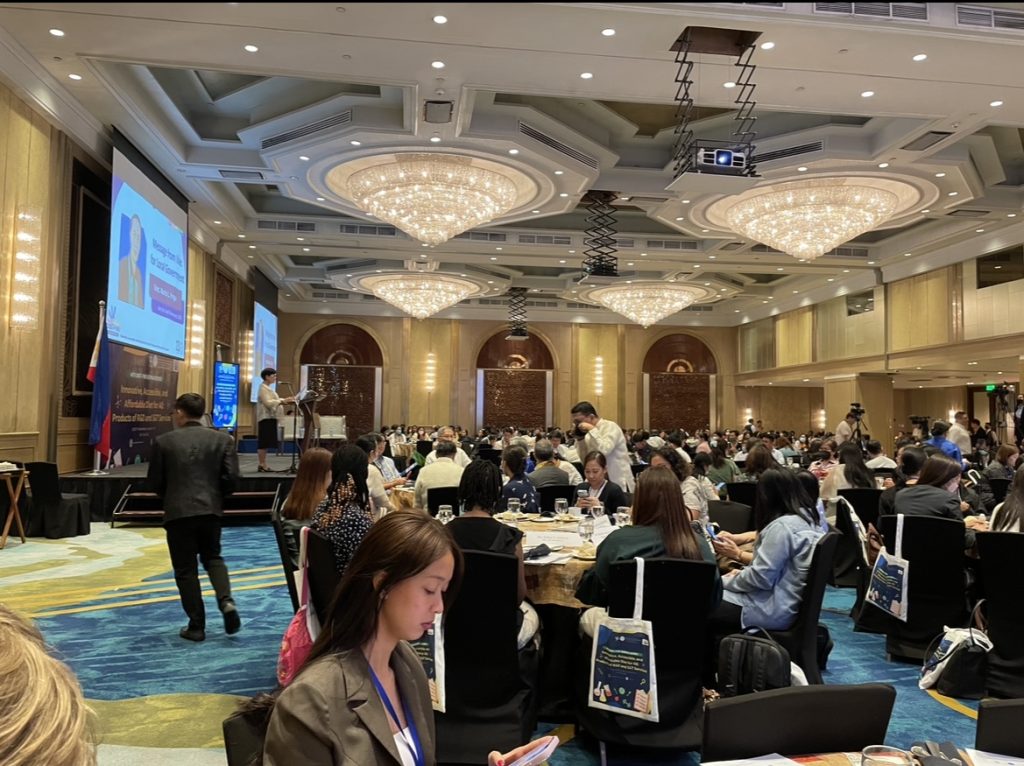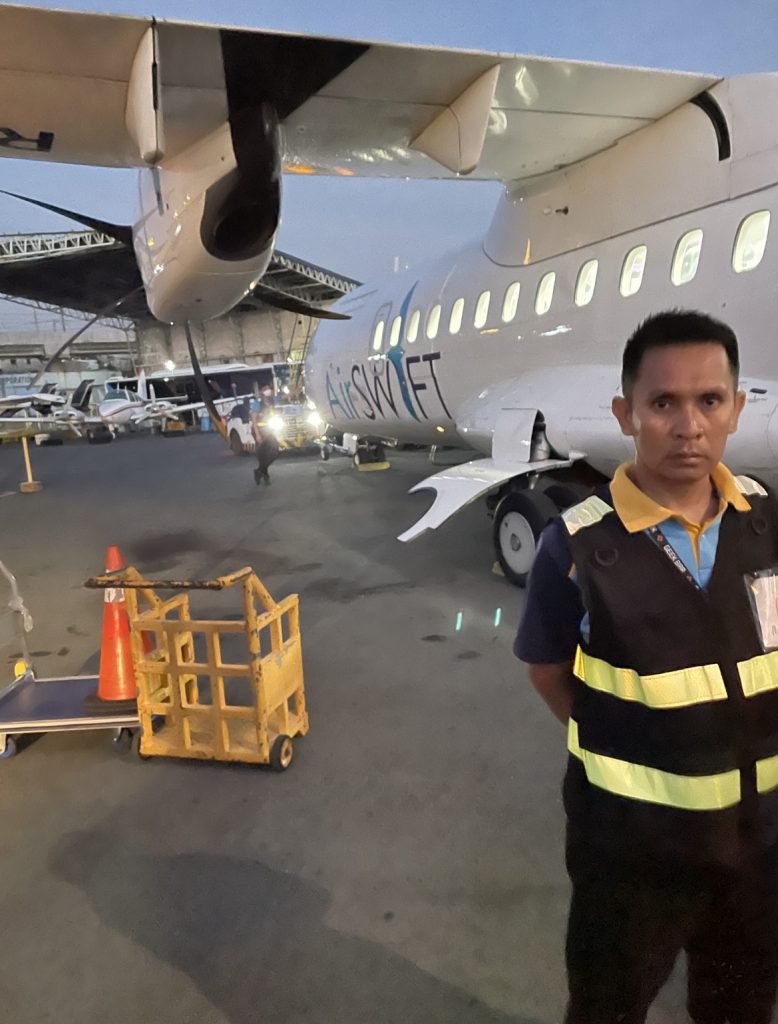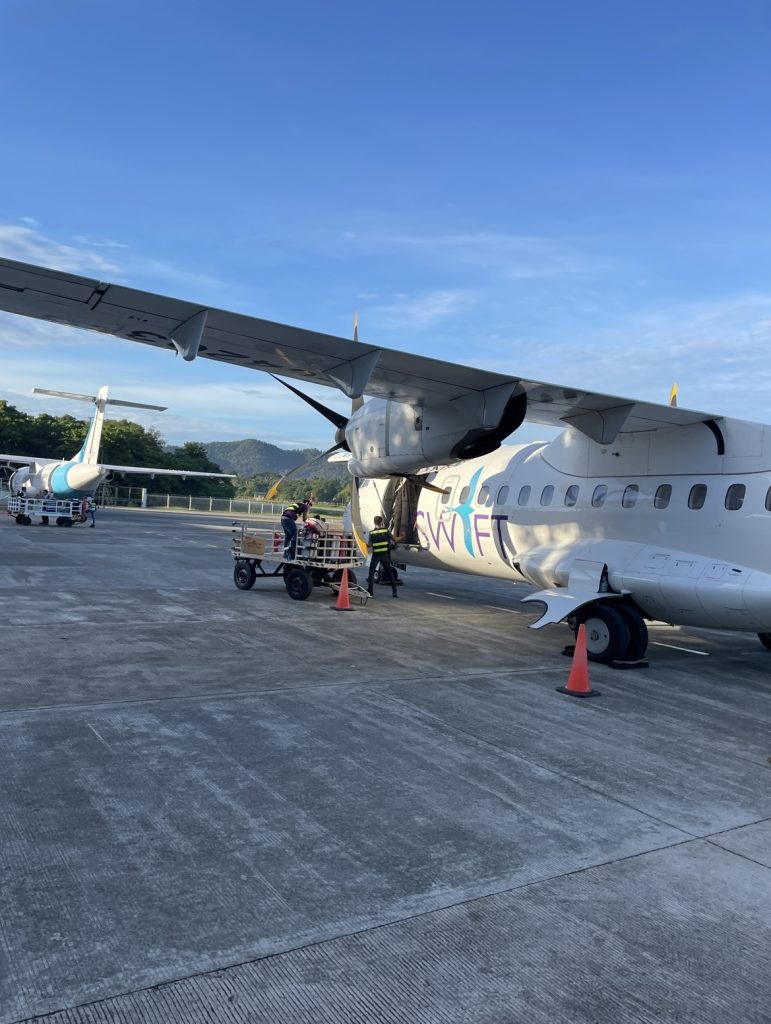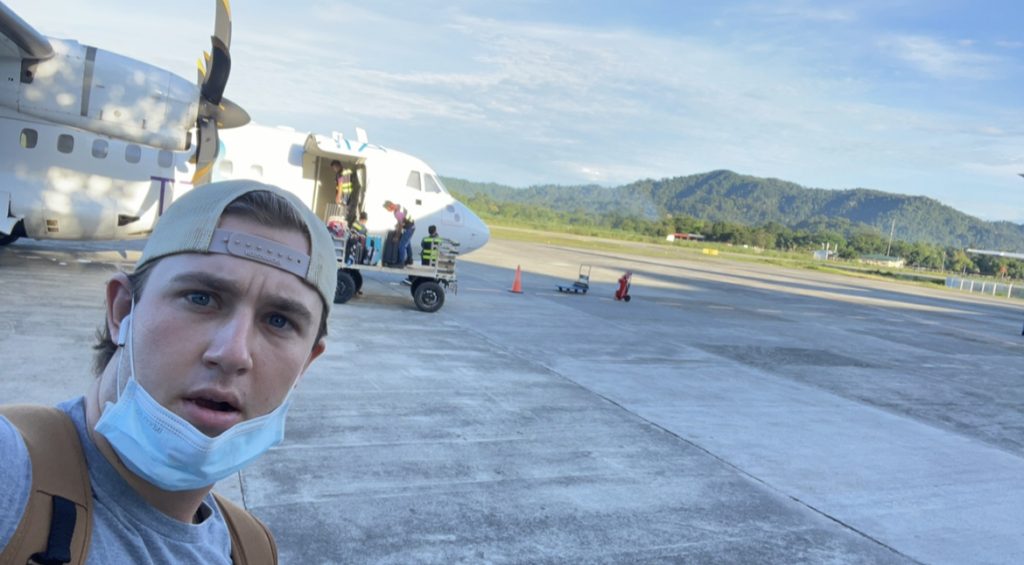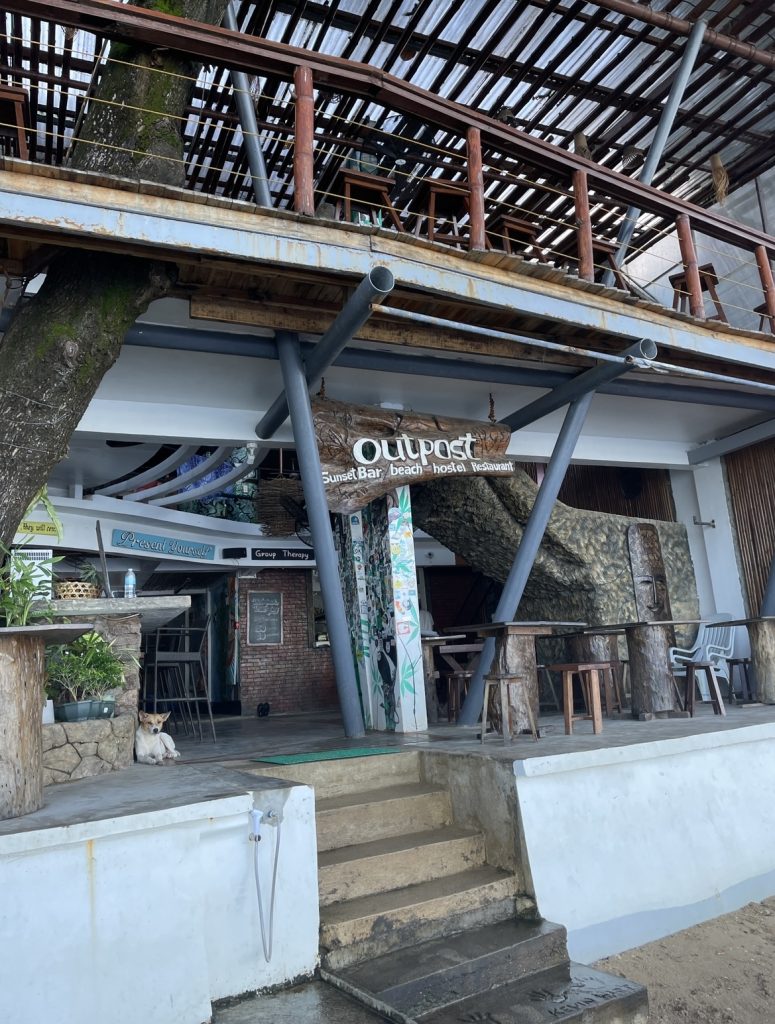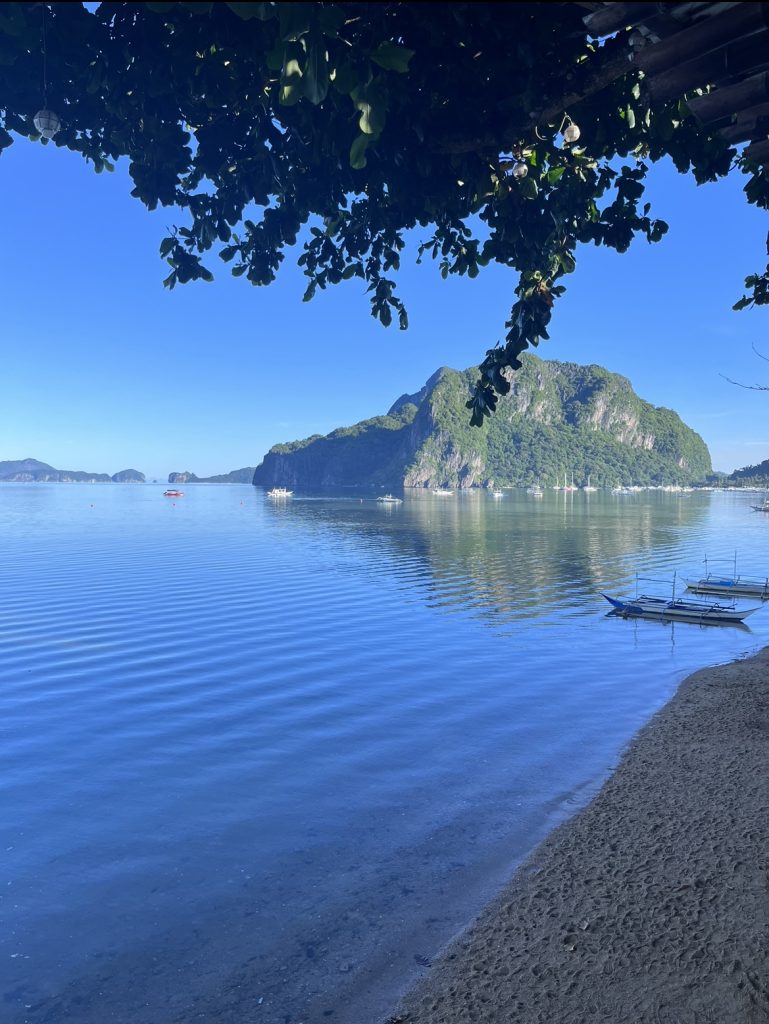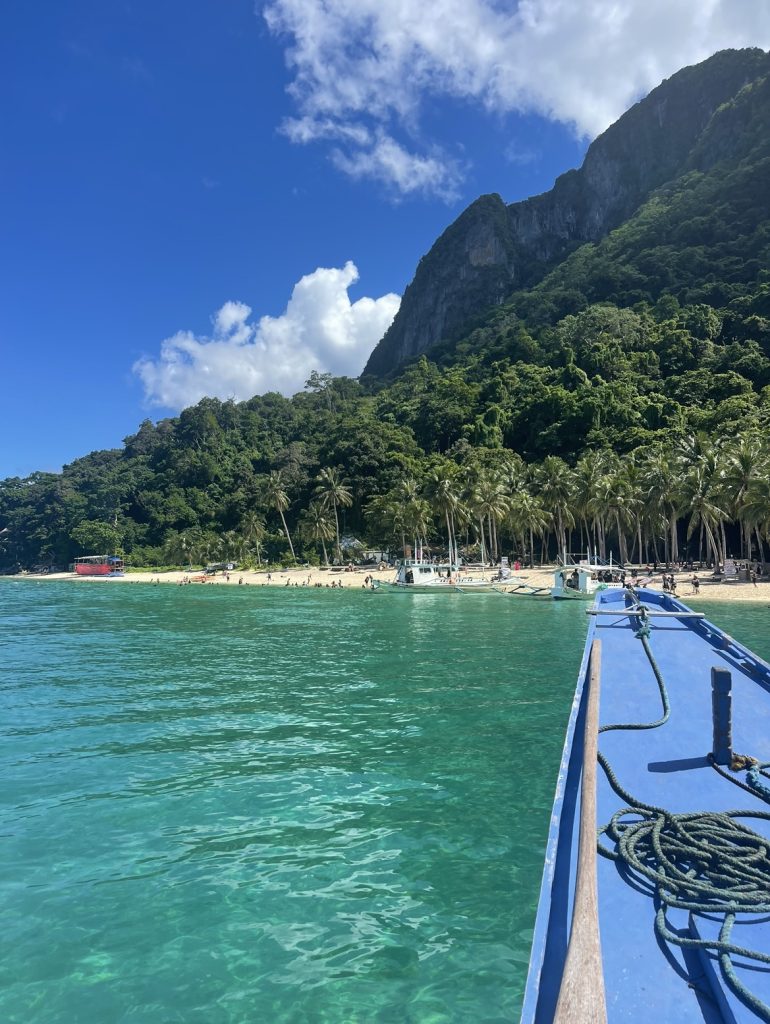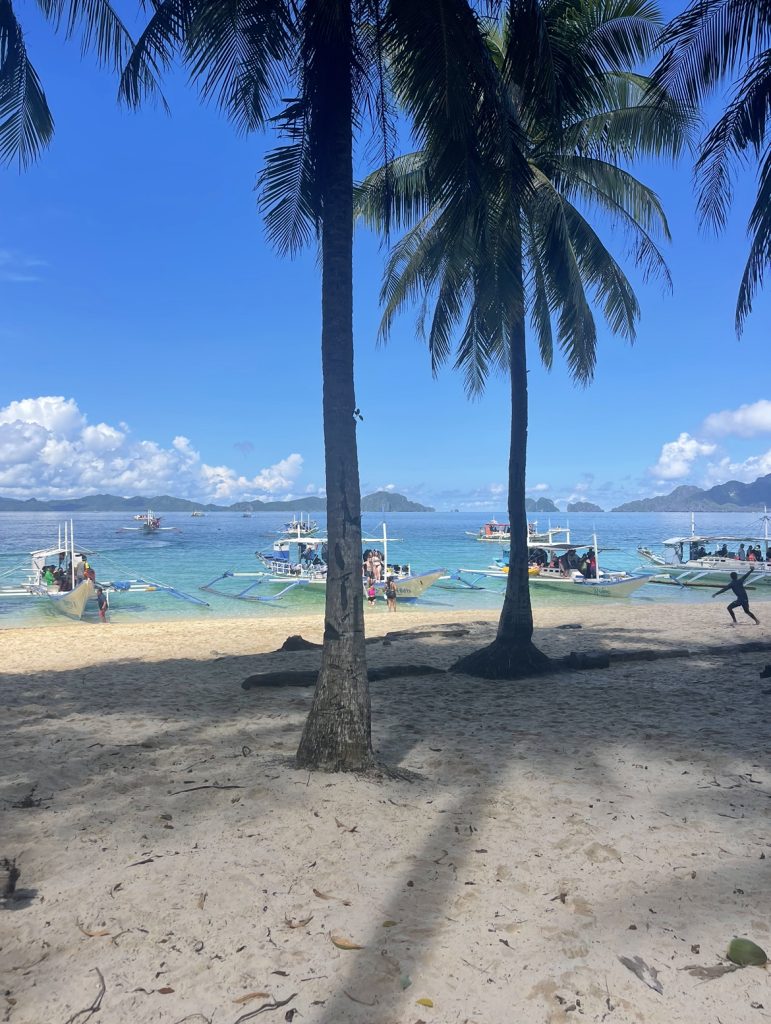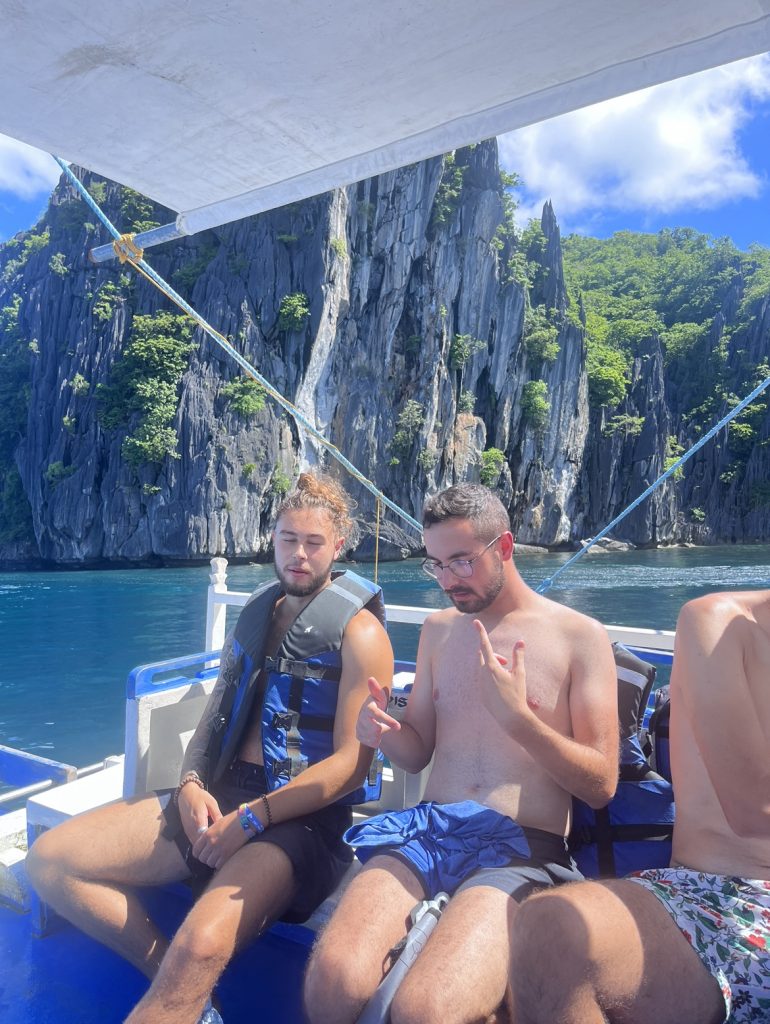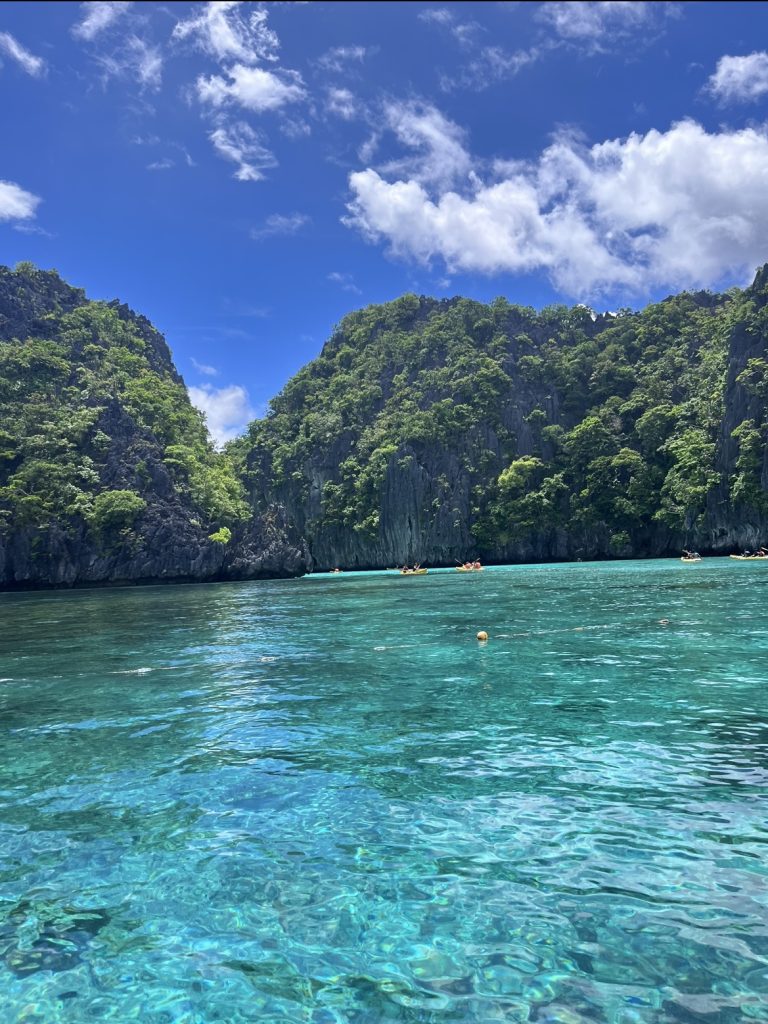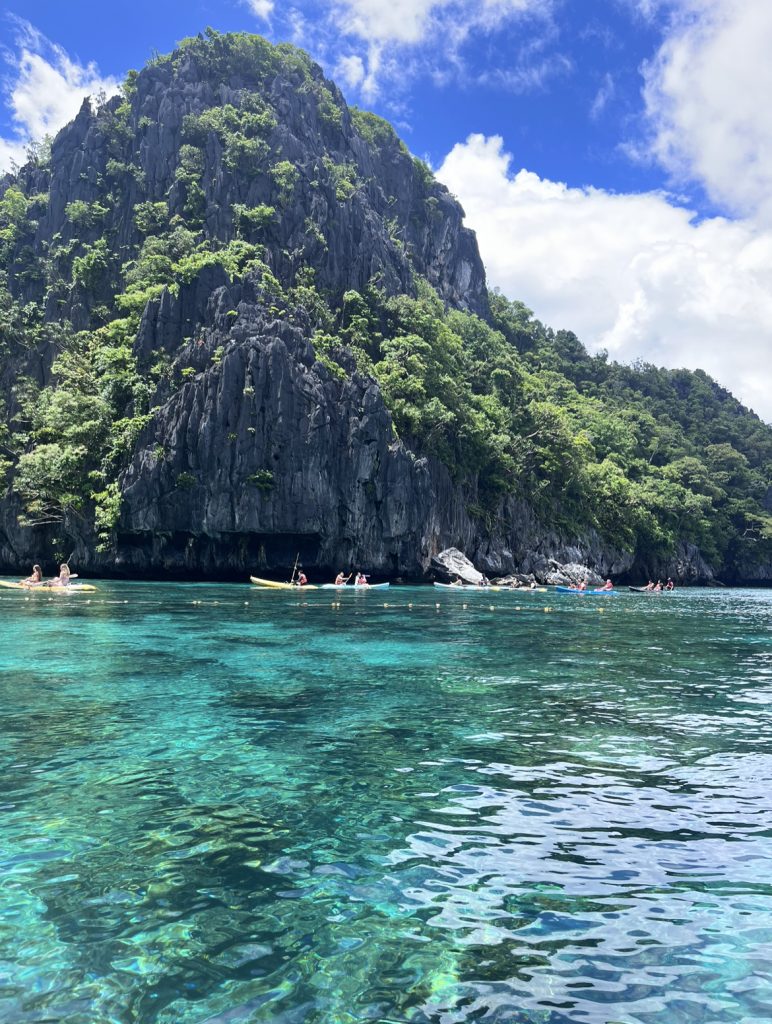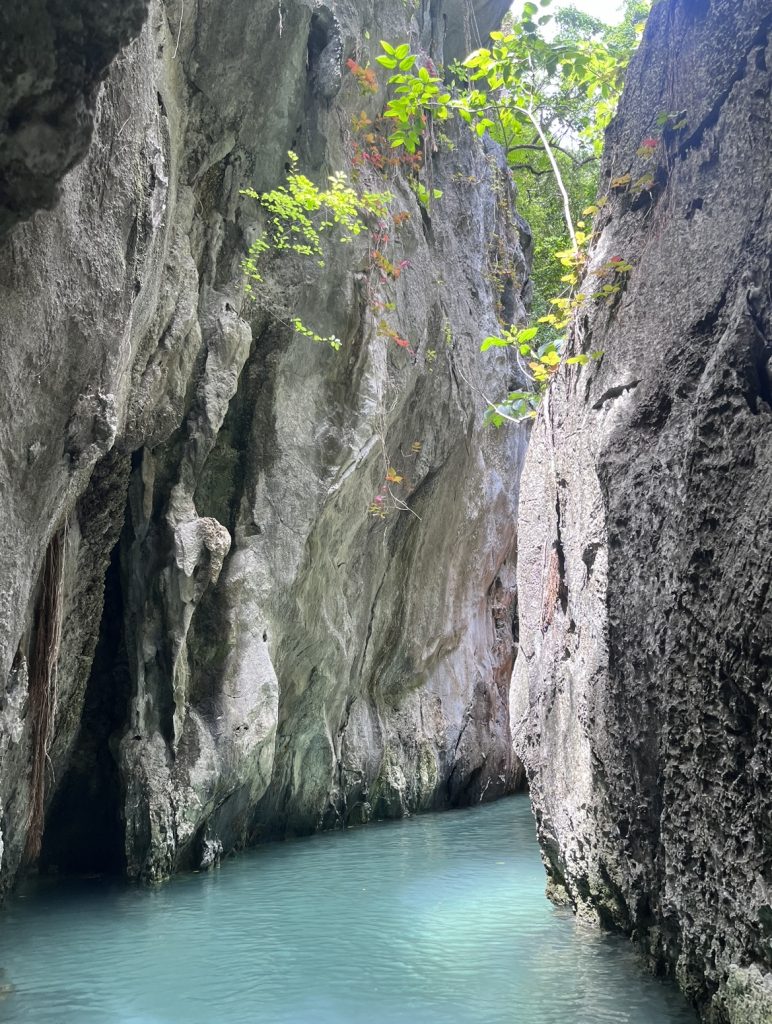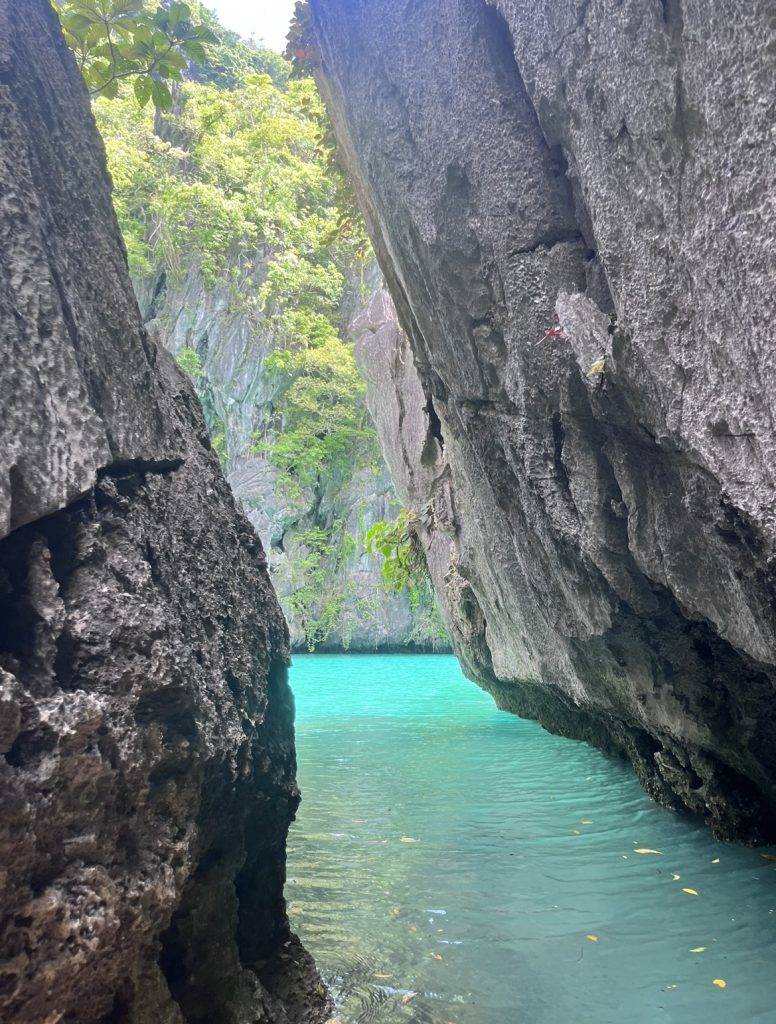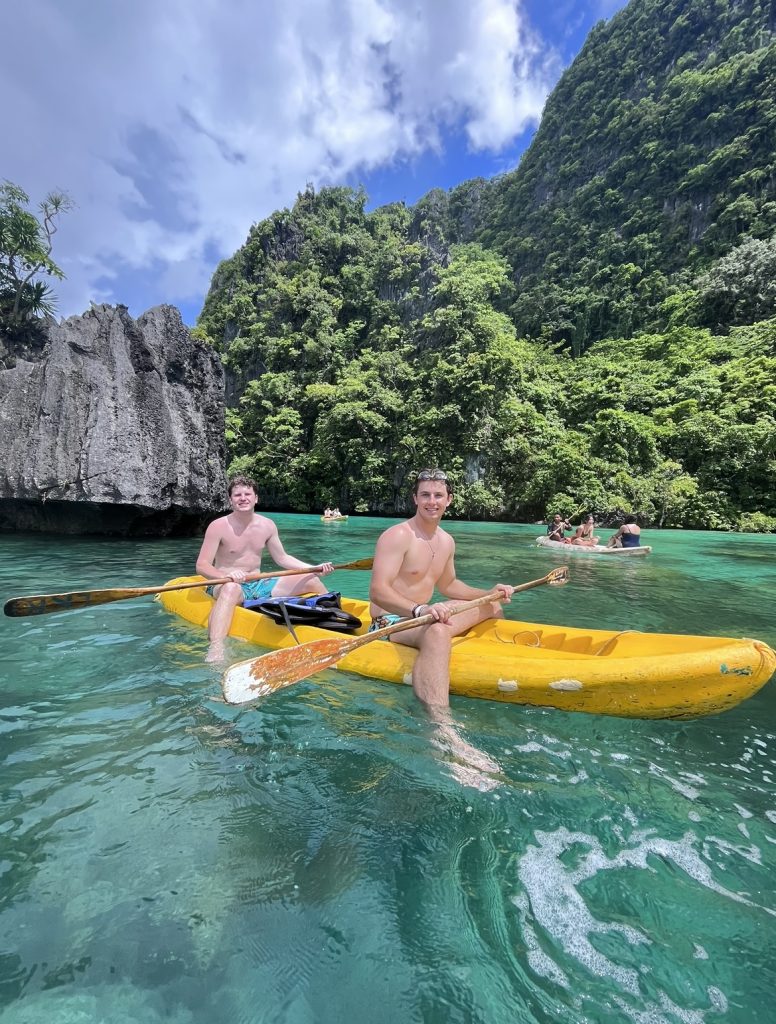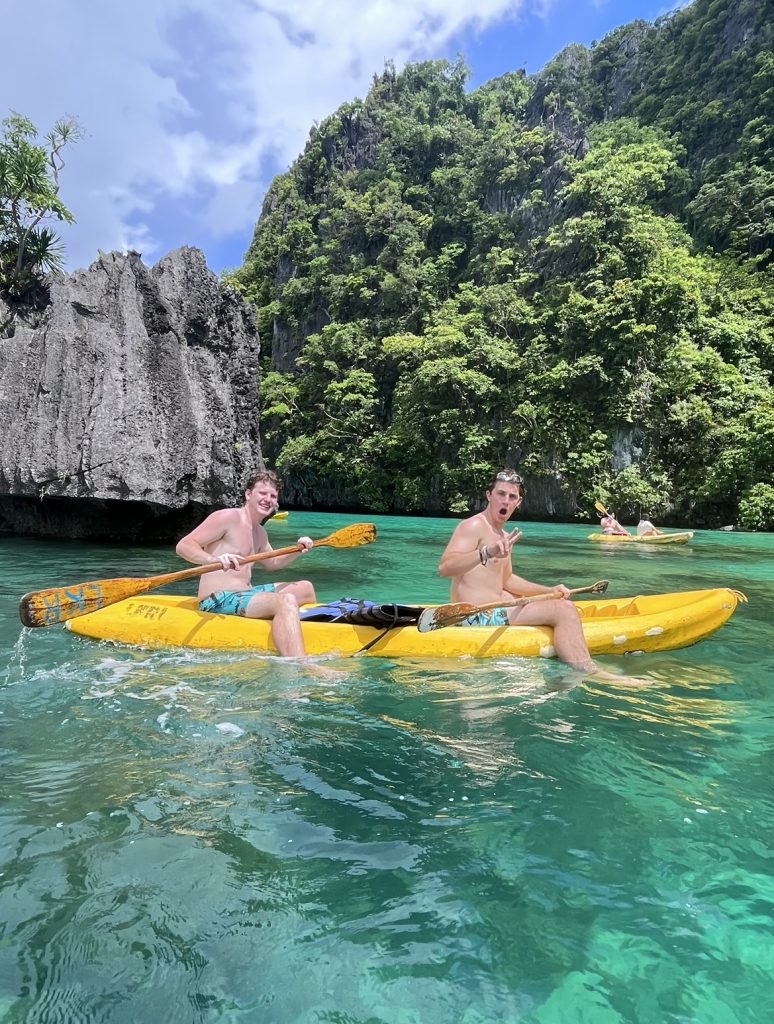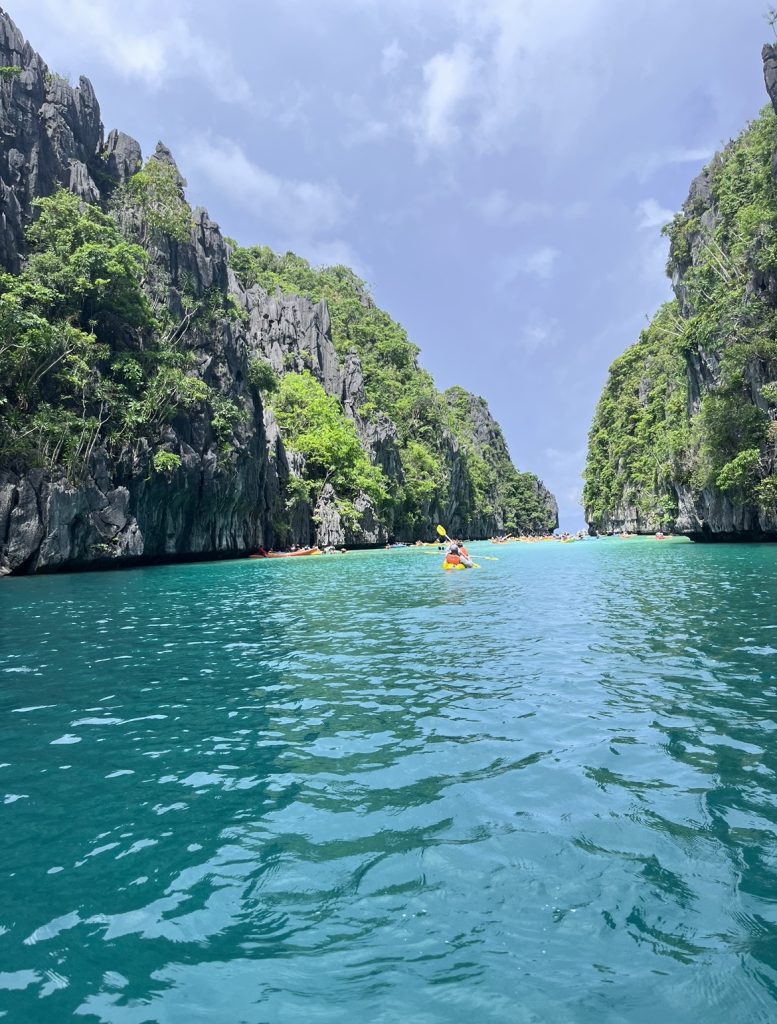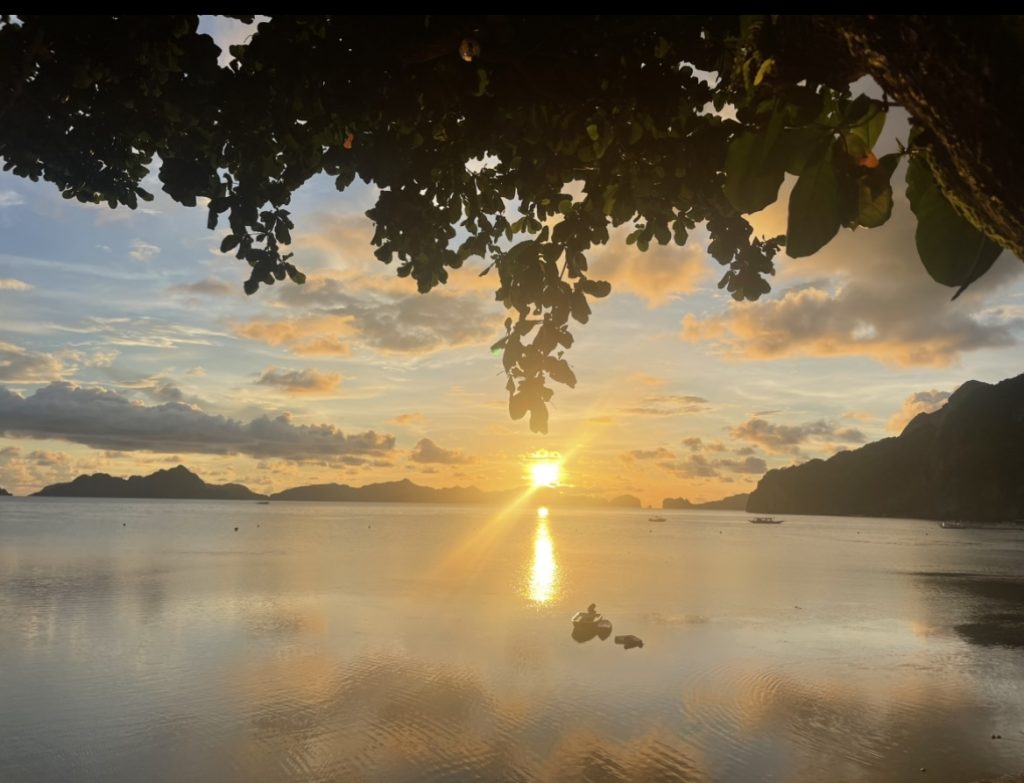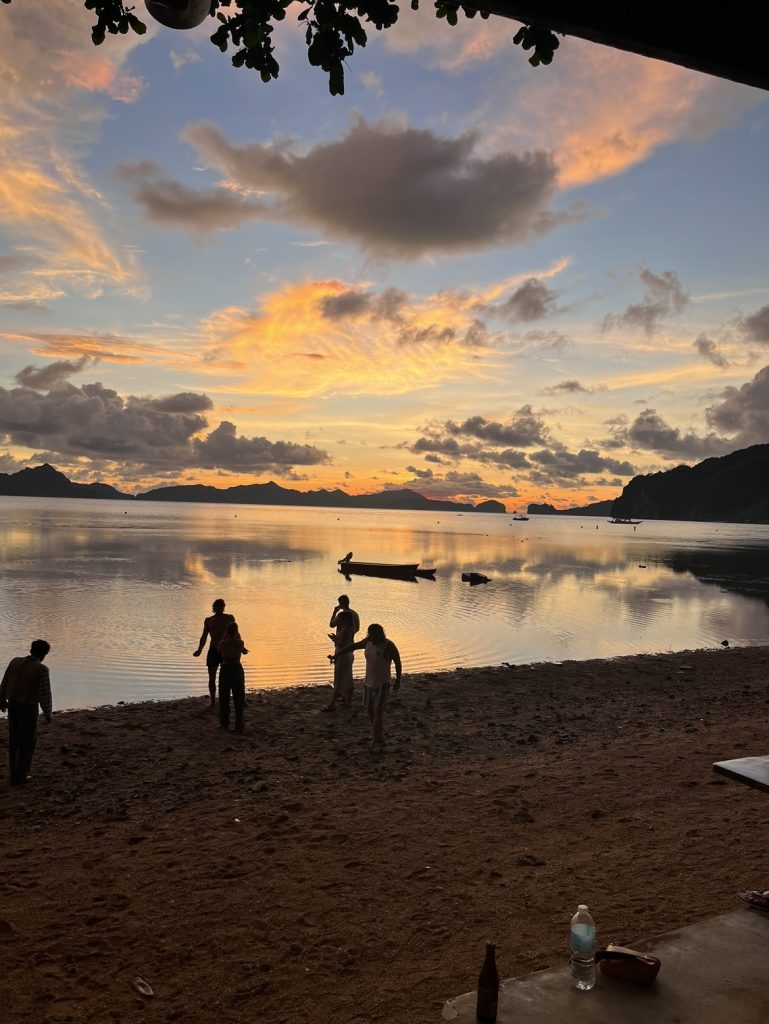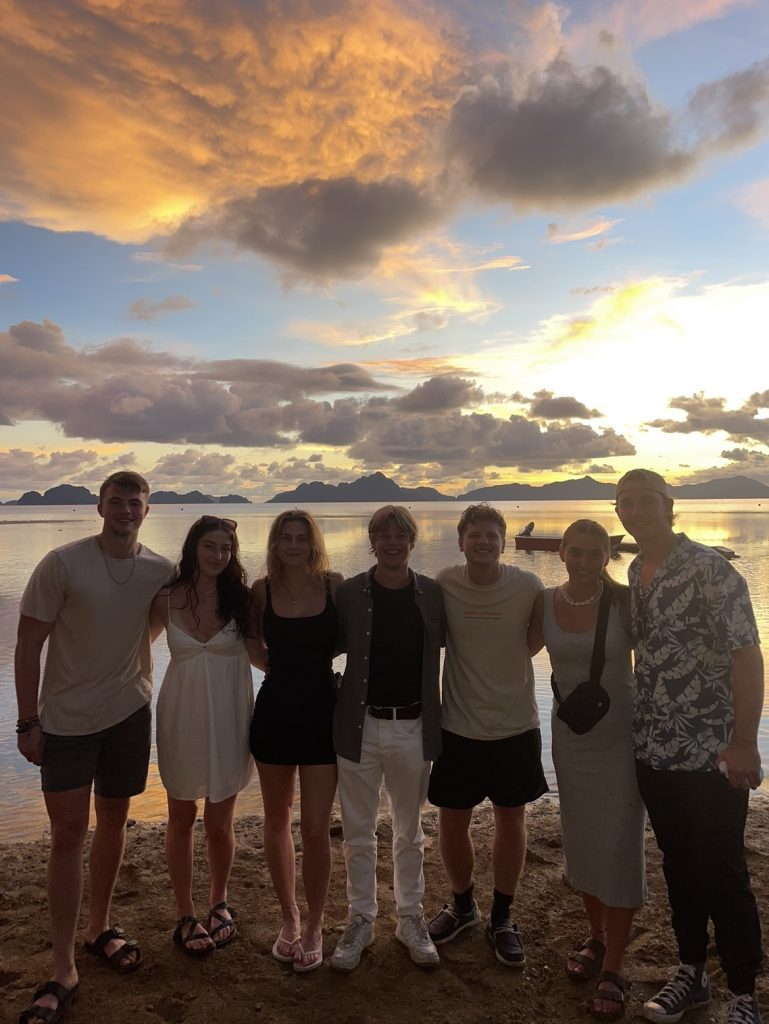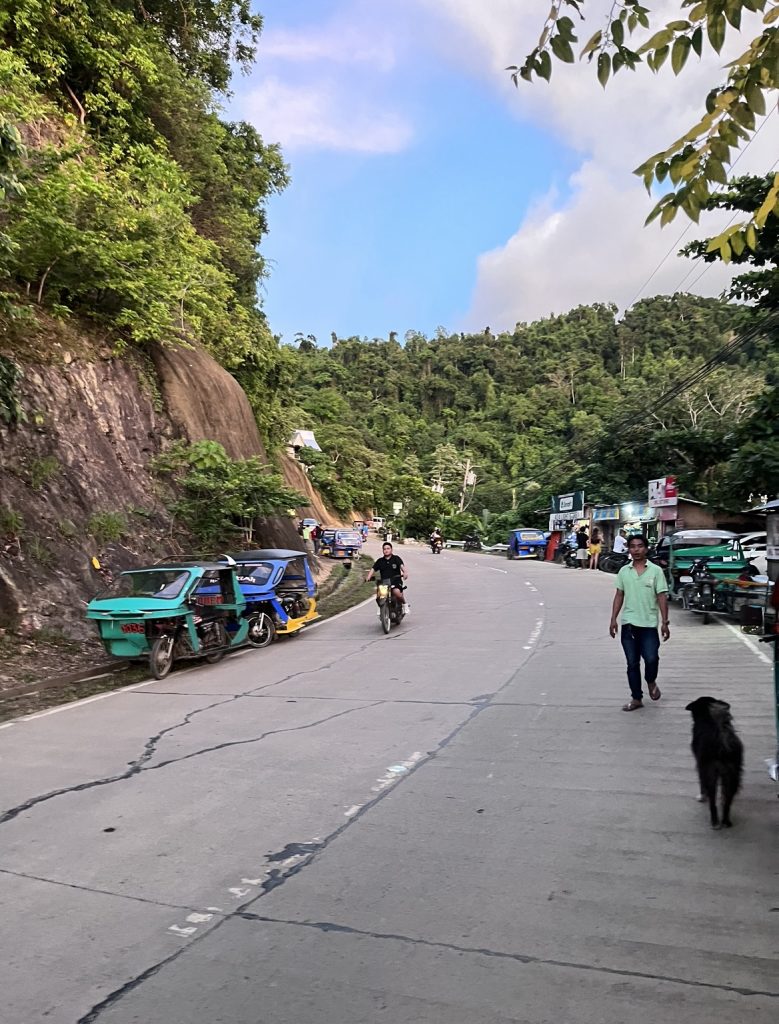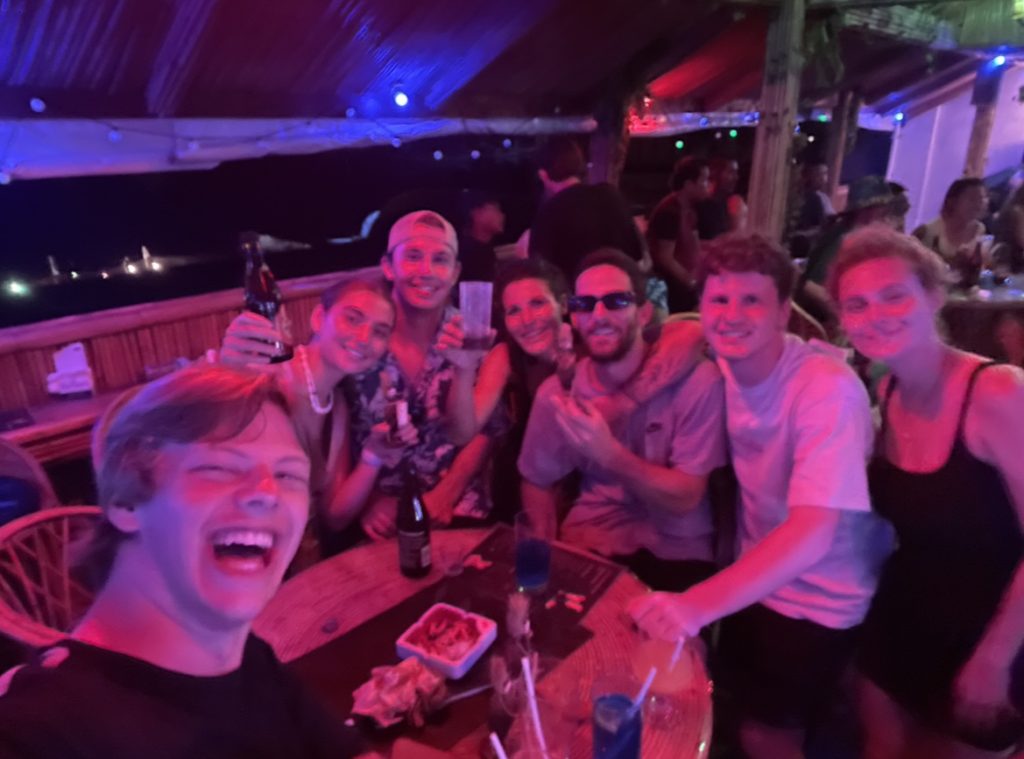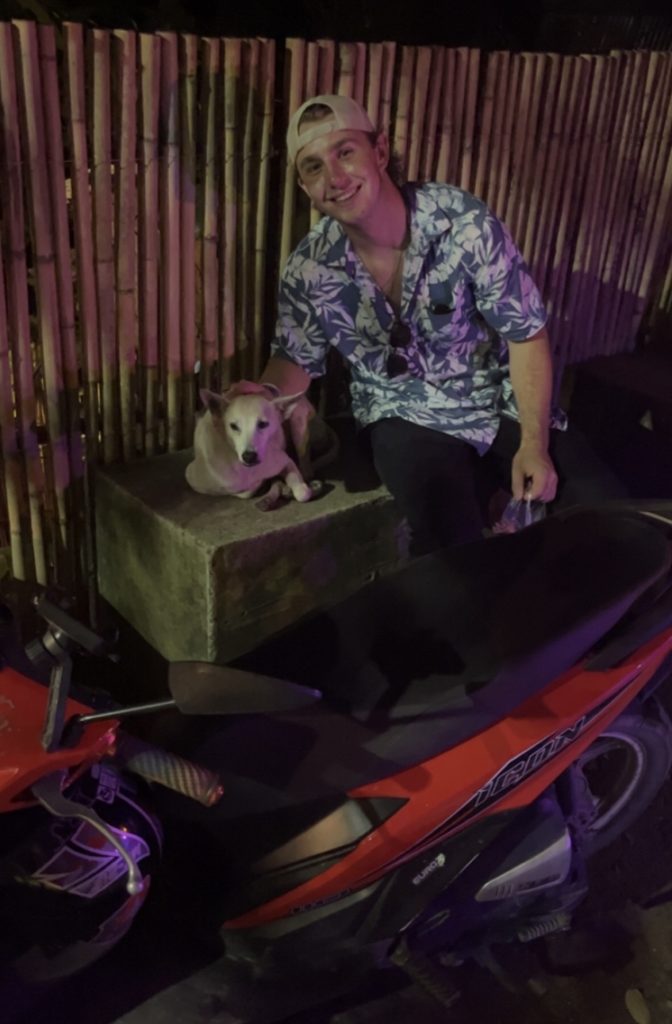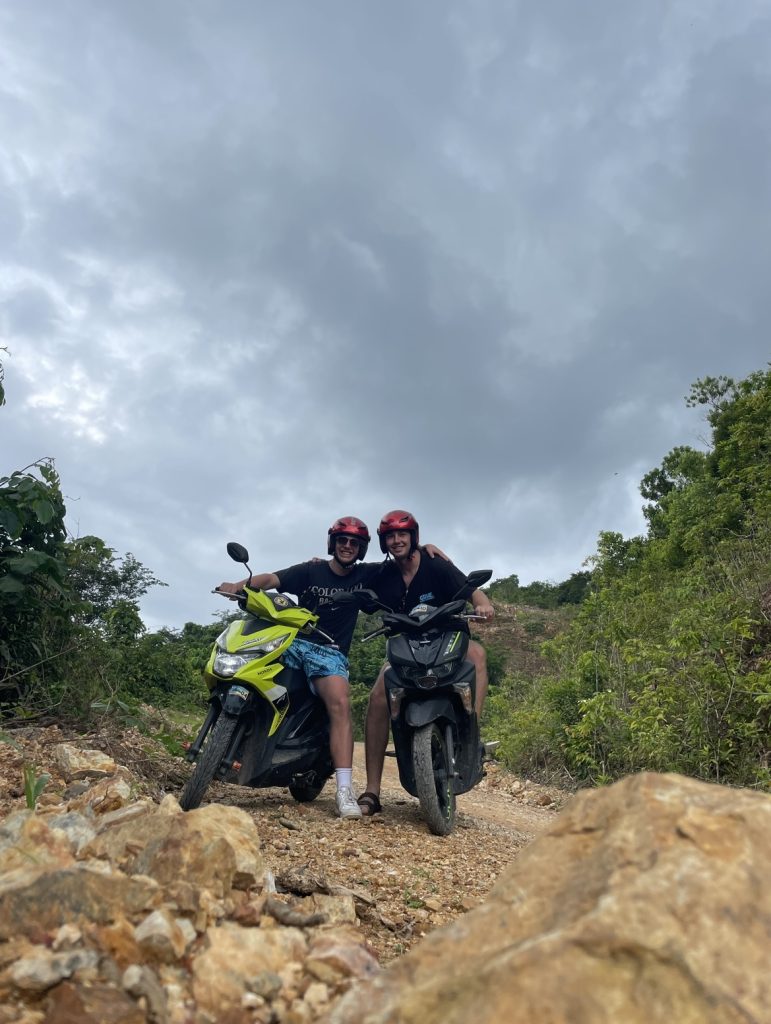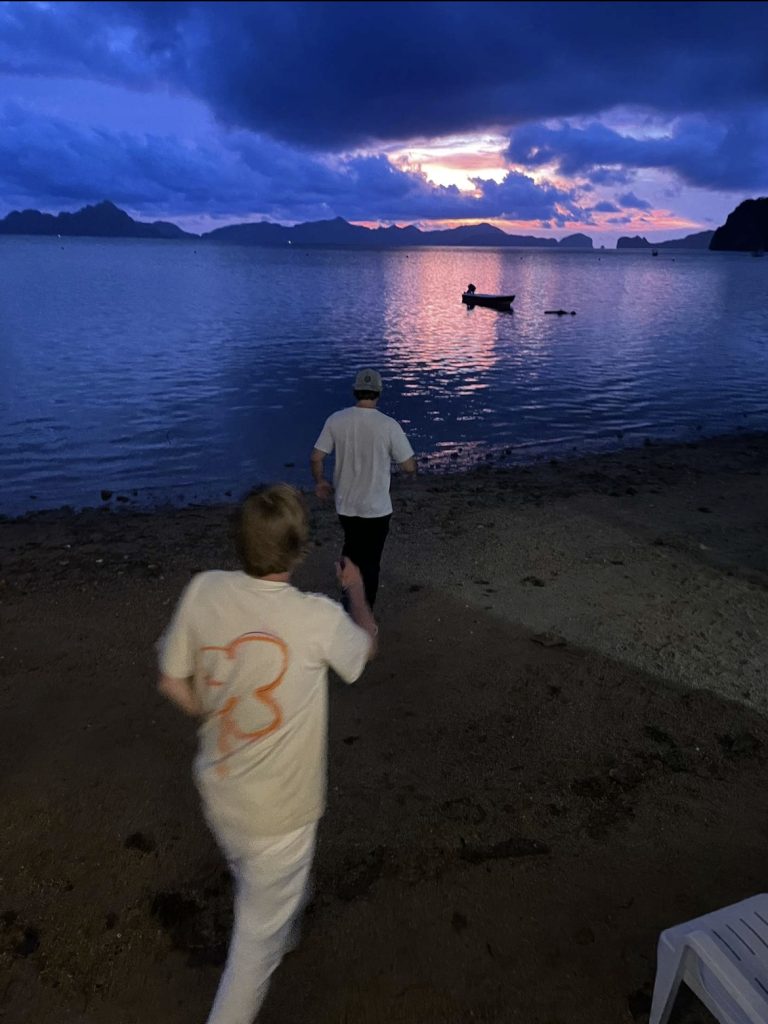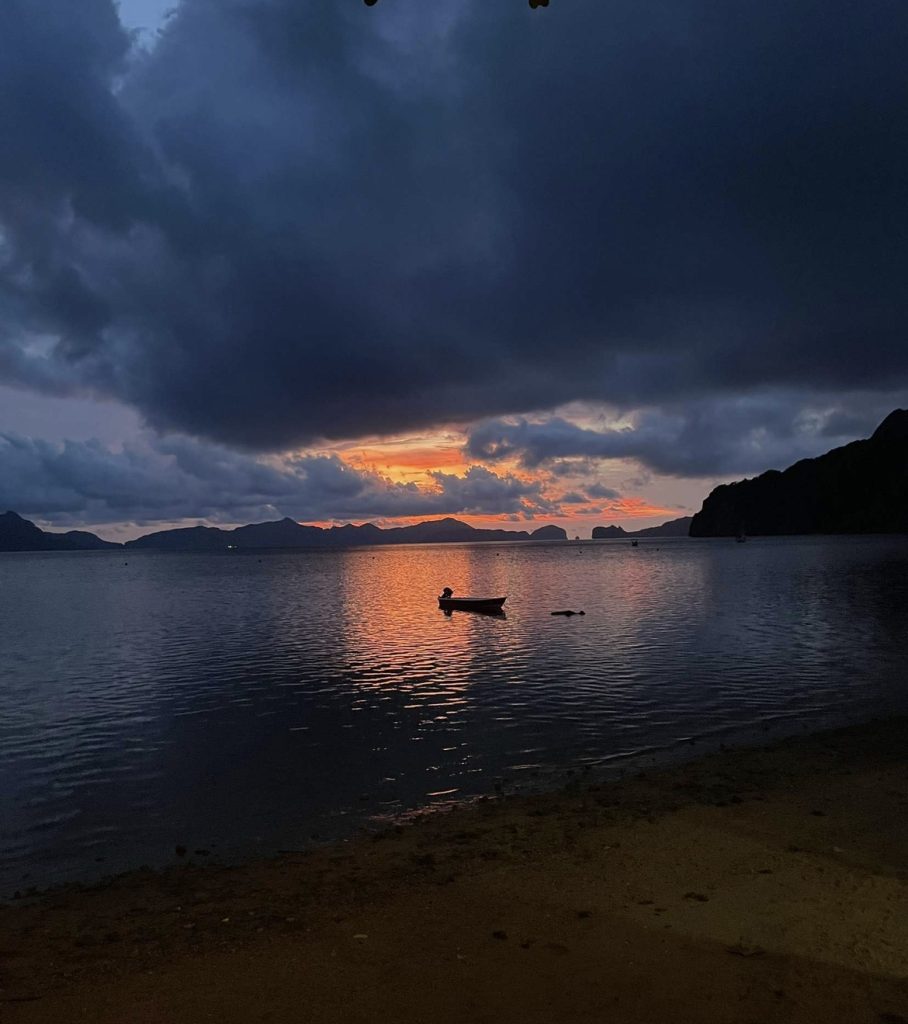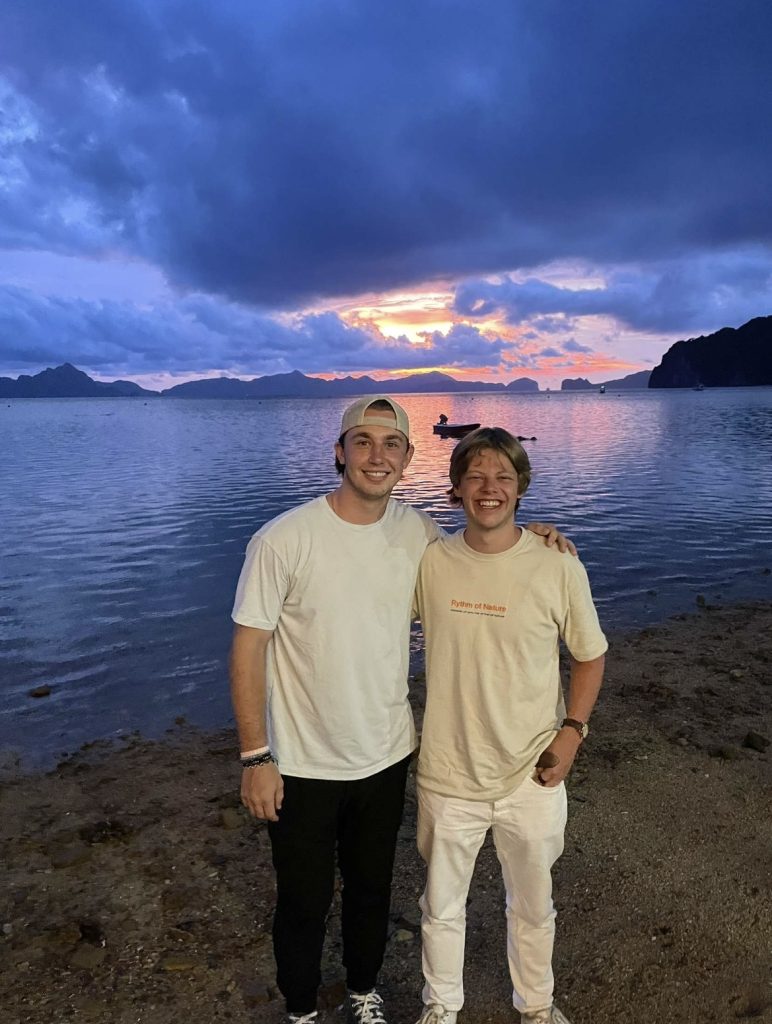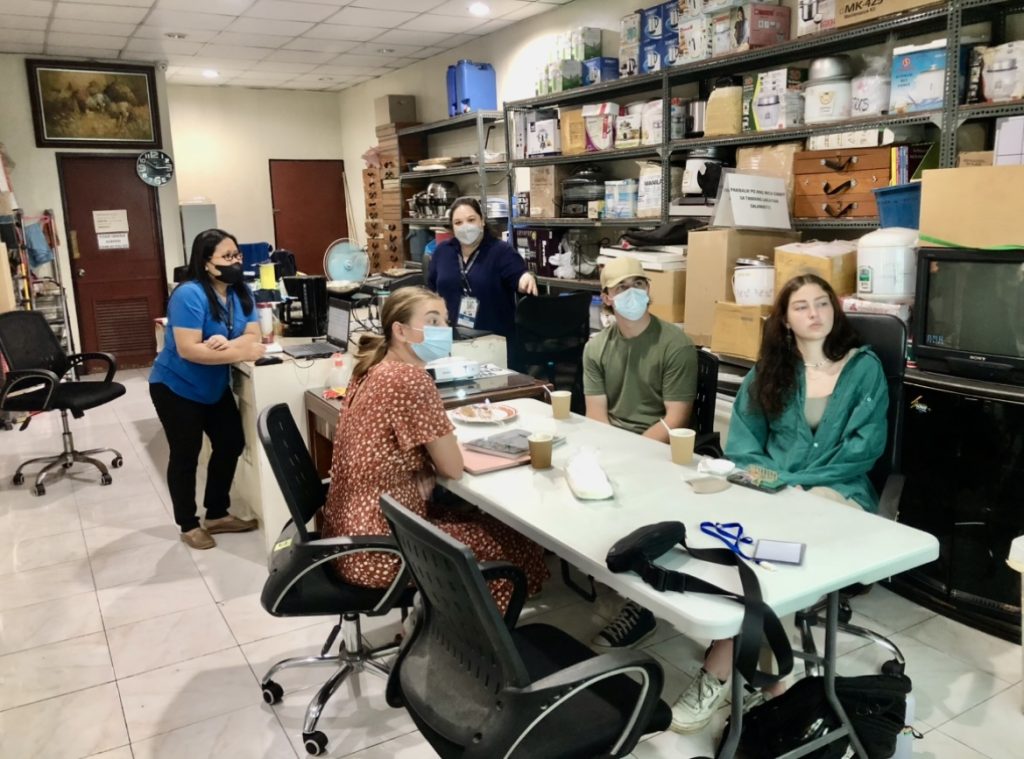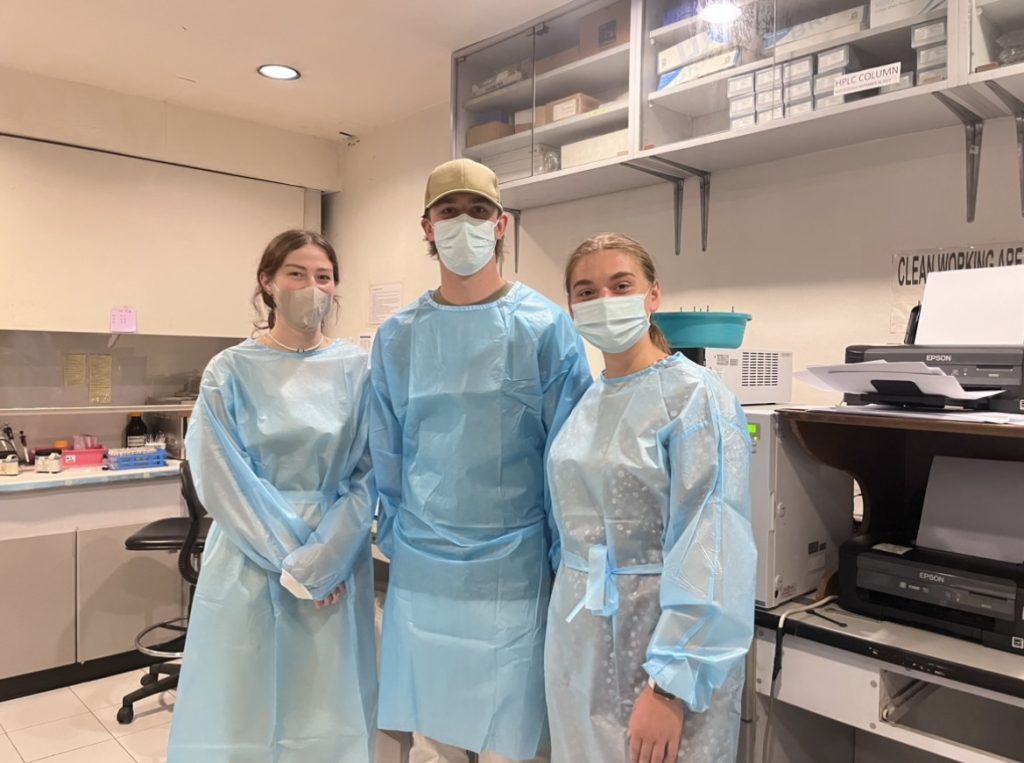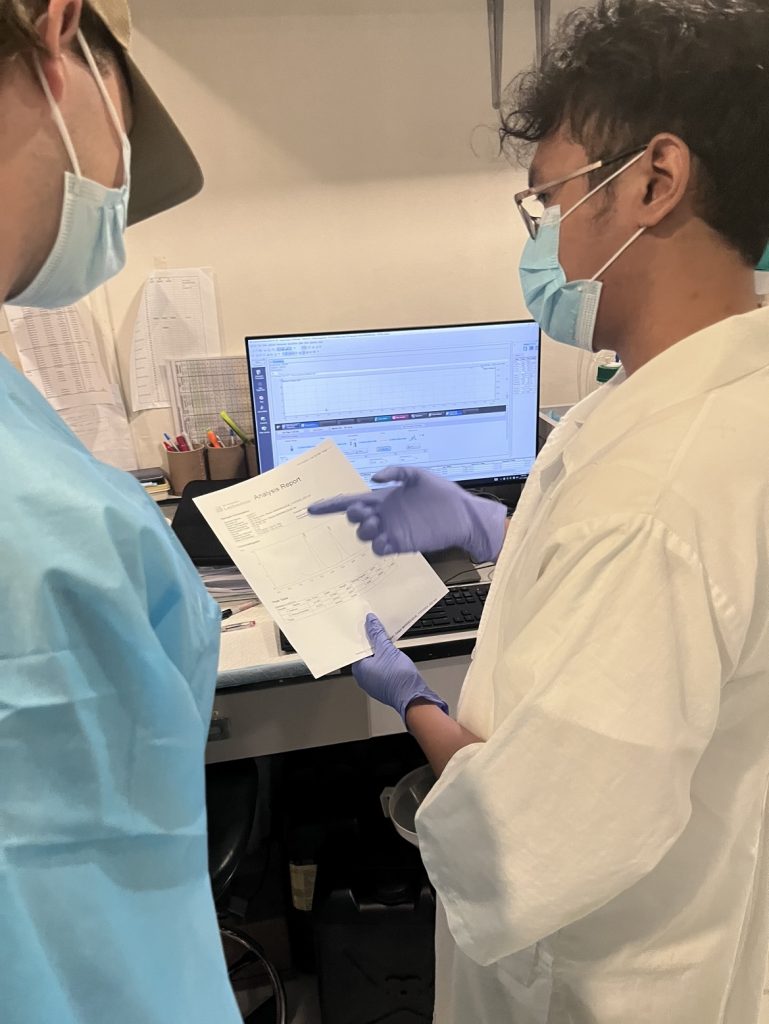Welcome back! This week was less eventful with regards to the actual internship as we weren’t deployed in the field. This doesn’t mean there is a lack of events to report though, read below!
Wednesday & Thursday Post-Pangasinan Deployment
Upon arrival back in Manila, we were asked to attend a two-day seminar series hosted by the FNRI (in case it slipped your mind- Food & Nutrition Research Institute). This was held in a hotel banquet room within the high-end area of Metro Manila.
The seminar consisted of various presenters introducing new information found or interventions put in place regarding the nutritional status of Filipinos. The list of presenters included officials from the DOST (Department of Science & Technology), FNRI, WHO (World Health Organization), and senate members. All things presented were interesting; however, many of which seemed like information already known and acted on within the United States.
On the other hand, there were many statistics discussed that hit me with a moment of realization regarding the malnutrition issue within the Philippines. Some of which include the following: 33% of Filipino households suffer from food insecurity, 29% of Filipino children’s growth is stunted due to malnutrition, and 86% of Filipino children aged 6-23 months do not meet the minimum dietary diversity level. The minimum dietary diversity level is consuming 5/7 main food groups daily. Not reaching this level shows correlation with the occurrence growth stunting and being underweight. In comparison to the United States, about 90% of households were food secure throughout the year and of the remaining percentage, only 3.8% experienced very low food security (US Department of Agriculture).
The audience consisted of some potential investors which gave purpose to presenting new nutritional interventions created. Some of which sounded like they could create a positive impact such as Opti-Diets. This is a new software that uses linear programming to provide users with customized low cost, nutritionally adequate diet options. Linear programming is a tool used to find the “happy medium” between two factors. In this case, the happy medium is found between cost and nutritional adequacy. In simple terms, it uses the user’s inputted budget to compile a list of up to 1,500 local food options that are nutritionally satisfying. This sounds like a great software with the potential to benefit an abundance of the population; however, it sparked some questions regarding its effectiveness driven by my experiences in the field. A lot of the households I came across had no access to a computer or smartphone, so what about them? I feel like people with limited access to the internet are the ones that new nutritional interventions should be targeted to help… I’m assuming they make up a good amount of the food insecurity. Along with this, all of the food options within the software use prices from 2013. Why would a program be launched using food prices from a decade ago? Criticism aside, all of the interventions presented have the potential to create impact in the right direction against the common enemy… malnutrition!
El Nido, Palawan
Let the fun begin! We were given Friday-Monday morning off… had to report to the office by 1pm on Monday. With this being said, we sure made the most of it! We traveled to El Nido, Palawan for a 3-night getaway. It’s known worldwide for its stunning lagoons, beautiful white-sand beaches, and huge limestone cliffs so we had to pay a visit. We sure made the most of our time through departing at 5am Friday morning for a quick 1.5 hour flight to the island!
We stayed in a social hostel which has been something I’ve always wanted to do. A social hostel is like a cheap hotel where you rent a bed in a dormitory or a private room, and everything is based on creating a social, party feel. They are common destinations for backpacker travelers to stay at due to their cheap price and great vibes! It sure did not disappoint. Everyone put themselves out there and was so welcoming. I met so many cool people from all over the world including London, Australia, Mumbai, etc. All-in-all, I had an absolute blast and will definitely look to stay at more social hostels throughout my travels!
On Friday, we hung out in the hostel taking in its breathtaking views, as it’s located right on the beach, while enjoying the bar while waiting for more interns from Wesleyan to arrive. It was so much fun to catch up with all 10 other interns stationed all around the Philippines and meet a bunch of new people staying there too!
In El Nido, one of the main attractions is to island hop which we did on Saturday. This consisted of going on a 8-hour boat journey “hopping” from destination to destination. We went to 5 different spots led by an awesome boat crew… imagine your everyday job as hopping through some of the best beaches in the world! On the islands, we played beach volleyball on the beautiful, white-sand beaches. My favorite thing, however, was kayaking through this amazing lagoon. Rowing through the water which was transparent with a chilling, light blue tint while surrounded by towering limestone structures is easily the most beautiful thing I’ve ever seen. The limestone structures had natural caves we kayaked through too! It was absolutely amazing. Never in my life have I seen more beautiful sights. Although the photos below definitely don’t do it justice, they can give a glimpse of what I experienced! On our way back to the hostel, we played a drinking game with the boat crew which was a perfect end to the tour. It led perfectly into the rest of the night! We went out and enjoyed some live music at a cool beachside bar which was especially fun as we met some new friends from France!
The primary form of transportation in the Philippines is motorbikes. With this being said, I had to get the whole experience! Hunter (who I mentioned in the week prior- another FNRI intern) and I rented motorbikes for the day. We spent an estimated total of 6 hours simply driving up and down the coast of Palawan (the island). Little story: we followed this road so far with hopes of finding the sea that we weren’t paying much attention to our gas levels. Long story short, I had to buy a liter of gas from a family in a very rural part of Palawan haha! Although the language barrier was especially present in this case, we understood each other just enough to make it work! On our way back to the hostel, it started pouring down rain… not ideal when driving a motorbike. Once the other Filipinos started to pull over due to the rain, we took it as a hint to do the same. We waited for a while and eventually it slowed down enough to start driving again… wasn’t exactly the safest thing (sorry to my Mom & Dad reading this haha)! Anyways, we made it back safe & sound but absolutely drenched. The night ended with going to a nice Italian restaurant on a beach, enjoying some pizza and wine!
Overall, Palawan was amazing and I’m so grateful to have been able to see such beautiful sights. Sights like these serve as a reminder to appreciate this beautiful, floating rock we all call home!
Monday-Wednesday Post-El Nido
Prior to our last deployment on Thursday, we reported to the FNRI office. While there, we were introduced to each division including dietary and biochemical. We got basic introductions to what exactly is being done in the office with the data collected by the researchers in the field which was cool to see!
Monday was all about the dietary component. One thing I found interesting was the process completed when researchers come across food in the field that isn’t on the PhilFCT (Philippine Food Composition Table) database. This database is used to document what certain nutrients/components are in a food to determine the nutritional status of the respondent eating it. When a respondent reports a food not on the database, a team in the office does research on it in order to find its nutritional-makeup. This is done by using foreign databases. For instance, they can use the USDA (US Department of Agriculture) to gather the data if the food is more prevalent in the United States, to then determine its nutritional value to the consumer!
On Tuesday, we were introduced to the biochemical division. We were taken to two separate laboratories- one that measures vitamin A content in the blood serum and another that measures the iodine presence in the urine samples. It was cool to see what was being done with the samples retrieved in the field! In the vitamin A lab, we observed the chemist separating the retinol from the blood serum. For background, vitamin A comes from two sources. One group, called retinoids, comes from animal sources and includes retinol (what this lab was measuring as an indicator of vitamin A levels). The other group, called carotenoids, comes from plants and includes beta-carotene. The body then converts beta-carotene into vitamin A. Both measurements are significant as vitamin A and iodine are among the most common micronutrient deficiencies in the Philippines!
We depart Thursday for our last deployment… time flies! Cavite City here we come!
Photos
